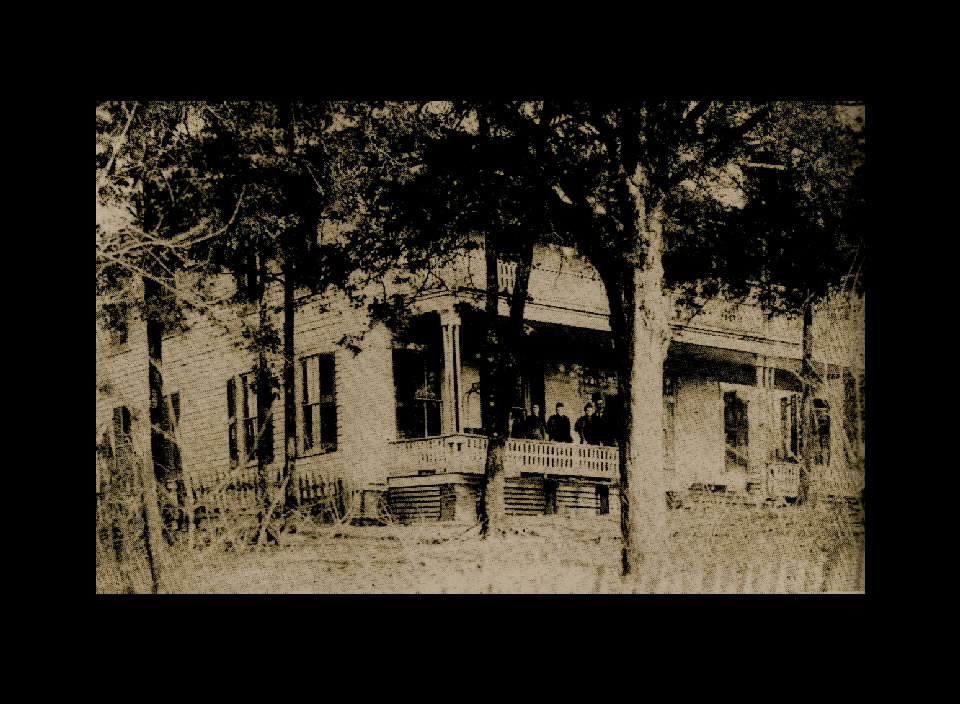|
Written by Gorden Hansen
In 1793, about one mile southwest of Paulette, on the banks of the (Noxubee) river the Creeks and the Choctaws
gathered to have a ball game. This game lasted all day and was at the end of the day tied up. At this time the
Chiefs agreed to put another fifty players on the field for each side because sundown was approaching. The tie was broken
and the Creeks won. Afterward the Creeks began to taunt the Choctaws and things got out of hand and a battle began.
Three days later when returning to bury the dead, they found the area to be extrememly oderous, translated into the Choctaw
language, meaning "Noxubee" or "stinking waters".
Noxubee County was founded in 1834. It had been part of the land ceded from the Choctaw
Indians at the Treaty of Dancing Rabbit Creek in 1830. Macon is the county seat (population 2,256) with Brooksville (1,098
in 1990) being eight miles to the north on Highway 45 and Shuqualak (population 570) lying eight miles to the south.
During the War Between the States, Macon served as the last Confederate capital of Mississippi. The capitol
was the former Calhoun Institute which was said to be the most architecturally significant building in the state in 1860.
Governor Charles Clark was arrested by Northern troops in the front yard of the Allen-Morgan House which served as the Governor's
Mansion during this time. Steeped in colorful history, the area still boasts of beautiful homes,
friendly citizens, fertile land, and 1000's of acres devoted to timber, catfish farming and recreation.


|
| Major Allen House cira between 1835 & 1852 Vintage Photograph |
|

